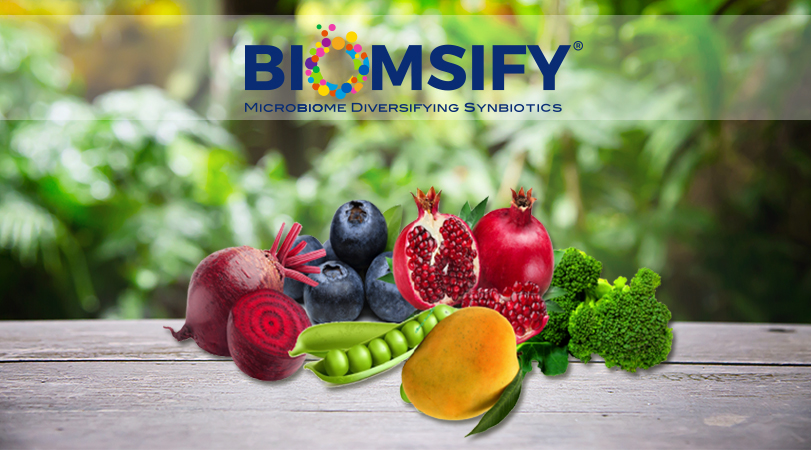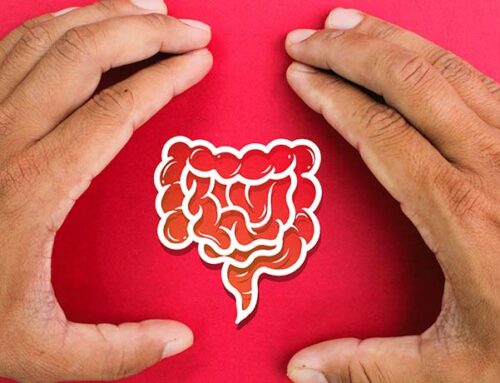What is Microbiome Super Prebiotics?
Prebiotic fibers are food for gut flora. The gut flora together with its genetic elements better known as gut microbiome, is considered crucial to our health because it can virtually impact all other systems and parts of your body. They help us digest our food, are essential to the better immunity, and may be linked to an even wider array of health aspects, such as mental and cardiometabolic health. Western diets are typically low in fiber, but there is plenty of evidence that this diet does not agree with our gut microbiome. The Dietary Guidelines for Americans recommend that adult females aged 31–50 consume 25.2 grams of fiber per day and that adult males in the same age bracket consume 30.8 grams of fiber per day. The question is: Are all prebiotic fibers good? How gut commensal flora and its metabolic profile is modulated by different fibers?
Some of the world’s renowned labs are looking deeply into this aspect. Now a new research (1) led by Dr. Jeffery Gordon, a pioneer in microbiome research, tested thirty four different sources of dietary fiber, including pea protein, citrus peel, citrus pectin, tomato peel, orange fiber, apple fiber, oat hull fiber, cocoa, chia seeds, and rice bran with 144 different diet combinations. Then they then analyzed how the 20 different bacterial strains reacted to the presence of the various fiber sources.
The two take home messages from the study were; 1) Not all prebiotics are created equal; beneficial microbes preferentially use certain types of dietary fiber 2) a healthy gut microbiota has great diversity. The study found that specific groups of bacteria utilized different fibers in a preferential way to grow and competitively exclude others, for example, B. thetaiotaomicron abundance increased in the presence of citrus pectin and pea fiber, while B. ovatus levels rose in the presence of barley beta-glucan and barley bran. Other fibers that resulted in an increase in members of the Bacteroides strains in the study were high molecular weight inulin, resistant maltodextrin, and psyllium.
The study also found that two prebiotic fibers standpoint with respect to positively modulating the good flora. Peafiber, rich in arabinan and citrus pectin, rich in homogalacturonan, was responsible for expansion of the good anti-inflammatory bacteria. The study revealed 3xthe importance of including ‘super prebiotics’ that have the ability to diversify and expand the health promoting commensals in the gut; and how this is important in designing next generation microbiota-directed probiotic foods and supplements.
There are numerous probiotic supplements in the market but how many of them have specific fibers targeted to increase microbiome diversity, probably none. Biom Pharmaceutical has developed a 3-in-1, probiotics, prebiotics and clinically-proven immunobiotics which is backed by these new research. Biomsify® Super Prebiotics is a gut flora diversifying formula with pea fiber, citrus organic peel extract, broccoli fiber, beetroot fiber, pomegranate fiber, blueberry fiber, resistant starch, high molecular weight inulin to nourish and diversify health promoting gut flora. The multistrain Biom probiotic flora are grown together with these supers fibers in patented Biomsify® fermentation that mimic human gut conditions to adapt the probiotic bacteria for better colonization. Studies have shown that simply feeding exogenous probiotics – which has been just growing on petri dishes- that lacks the gut colonization passcode (2) will not colonize or integrate well with human gut commensal.
Biom Probiotics is designed to nourish, diversify and balance your good gut flora. When taken daily, this 3-in-1 formula may help transform and revitalize your gut, mind, and body for a healthy life and longevity.
References:
- Patnode, M. L. et al. Interspecies Competition Impacts Targeted Manipulation of Human Gut Bacteria by Fiber-Derived Glycans. Cell, Volume 179, Issue 1, 59 – 73.e13
- Ross, B.D., et al. Human gut bacteria contain acquired interbacterial defence systems. Nature(2019) doi:10.1038/s41586-019-1708-z




